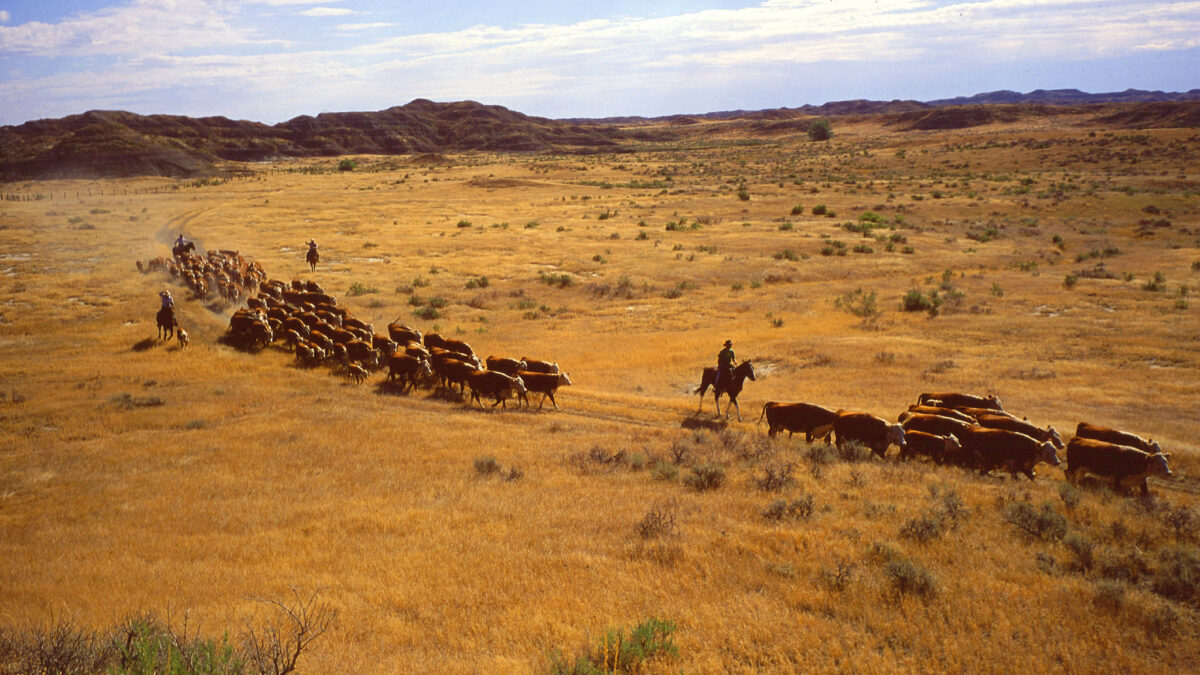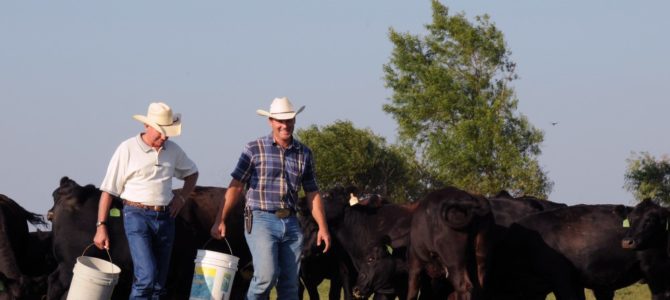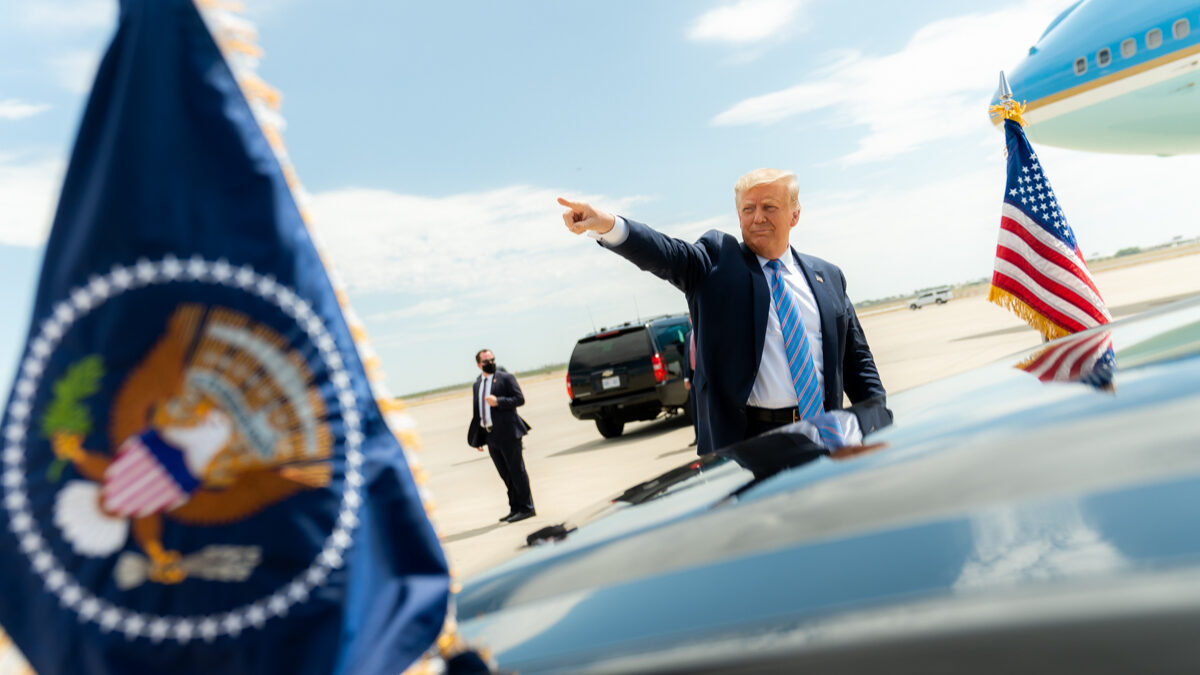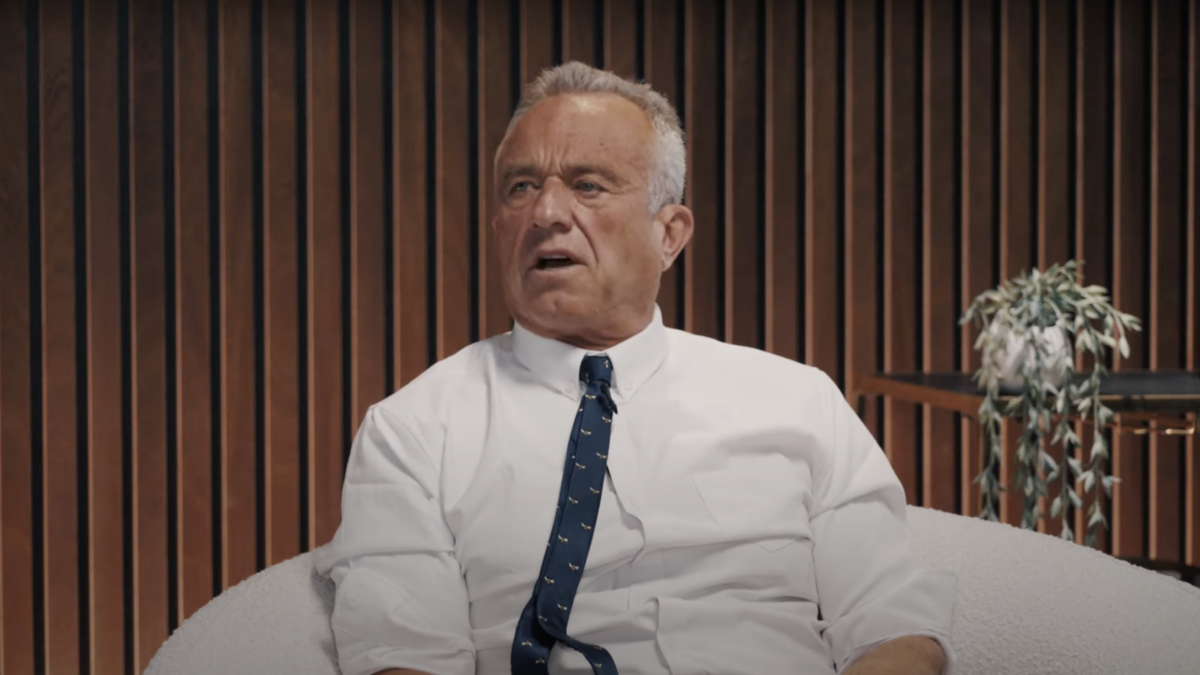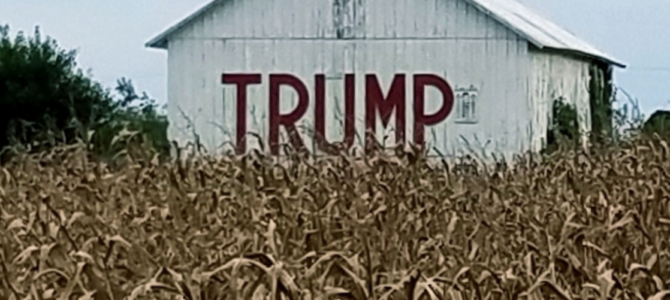
Farmers have raked in $24.5 billion and counting from the main “bailout” program in President Trump’s aid package to farmers, supposedly intended to mitigate losses due to the disruption caused by his trade war with China. As critics have pointed out, that’s more than twice what taxpayers lost the auto industry bailout in 2009. This is despite the fact that American farmers are, arguably, far more insulated from the impact of China’s tariffs than Chinese companies are of American tariffs.
Reports seem to be missing a key point, though: The auto bailouts were not direct subsidies, but losing investments through buying stock and extending loans to the failing companies. The Automotive Industry Financing Program totaled $80 billion in investments and loans. By the time the government had completely closed the AIFP, taxpayers netted a loss of $9.3 billion, most of it lost to General Motors.
The farm “bailouts,” on the other hand, are neither bailouts in the sense that they are saving companies from failing, nor are they loans and investments. In total, the trade aid packages for 2018 and 2019 included $2.6 billion to purchase food staples for government food programs, $300 million for “developing new export markets,” and $24.5 billion for direct payments — cash transfers — to farmers.
According to the July 2018 Department of Agriculture press release for the first round of handouts, “The Market Facilitation Program, authorized under The Commodity Credit Corporation (CCC) Charter Act and administered by Farm Service Agency (FSA), will provide payments incrementally to producers of soybeans, sorghum, corn, wheat, cotton, dairy, and hogs.”
MFP payments for the 2018 trade aid package were valued up to $10 billion. In May of this year, Agriculture Secretary Sonny Perdue again announced “up to $14.5 billion in direct payments” through MFP, an amount claimed to be “in line” with the estimated impacts of the retaliatory tariffs and “non-tariff barriers” on U.S. agricultural exports.
Farmers Are Receiving Billions in Corporate Welfare
Farmers have relied on government assistance for decades through the Farm Bill, passed every five years and projected to cost $428 billion over the next half a decade. But unlike the other programs farmers and ranchers have historically depended on, such as crop insurance and price loss coverage, the MFP payments are cash paid out per unit of output (e.g. 14 cents per bushel for wheat), and farmers have packed government offices to get their share of tax dollars.
NBC News reported that more than 31,000 ranchers and farmers have stacked up cash doled out through the MFP between January and April. Offices processing MFP applications have been flooded with nearly 600,000 applications submitted from September of last year through this August. Trump’s “bailout” program is so large that it has caused a processing backlog; late payments have accrued over $1 million of interest paid to qualifying applicants.
Not only are farmers getting the best government handout of all — cash — but qualifications to receive MFP payments are notoriously loose. According to the MFP fact sheet, “a person or legal entity” must have an adjusted gross income of less than $900,000 or “derive at least 75 percent of their adjusted gross income from farming or ranching.”
Only “active farmers” qualify, with a cap of a staggering $250,000 per “actively engaged” farmer, up from last year’s cap of $125,000. But the definition of an “active farmer” is so lax that, as senior analyst for the Environmental Working Group Anne Schechinger told the Washington Post, qualification “could mean that you call in once a year to a shareholder meeting.”
According to the Environmental Working Group’s analysis, 82 farms have each gleaned more than half a million dollars in trade relief payments. Because the rate is based on output, the biggest farms get the most subsidies. DeLine Farms Partnership has hauled in $2.8 million so far, while an average of less than $5,000 went to each of the bottom four-fifths of recipients.
Some of those smaller farms might indeed be struggling compared to the more resilient large farms. But if this is truly “bailout” money, where are the specific farms allegedly at risk of sinking due to Trump’s trade war, and why aren’t the “bailouts” tailored just for them? Where is the jeopardized poster farmer for China’s evil retaliatory tariffs? If any of the nation’s biggest crop producers were on the brink of insolvency, the media coverage would be pronounced and perpetual, like it was 10 years ago with the Detroit bailouts.
Using Chinese Tactics To Boost the Farming Industry
One could, of course, view the MFP payments as an attempt to level the playing field. China heavily subsidizes state-owned enterprises — to the tune of $151.1 billion between 1995-2005 — which is less on average per year than Trump has spent on “trade relief” for agriculture alone (though not accounting for the subsidies private Chinese businesses receive from local governments). The president has always taken a tit-for-tat approach to trade. Neutralizing the trade deficit and equalizing tariffs between the two countries have been goals from the beginning.
That’s not “trade relief,” though. It’s a statist effort to boost industry in the global market the same way China does. Trump knew the trade war would hurt American industry, at least in the short term, and he was comfortable with the prospect of filling in the losses with tax dollars and blaming the whole thing on China’s “unjustified retaliatory tariffs.”
Should U.S. agriculture become permanently dependent on these types of cash infusions to make up for a “disrupted” market — at a certain point, one must declare a new normal — all the better to buy the loyalty of a key constituency. Democrats and Republicans alike have subsidized the industry, but a President Elizabeth Warren or Bernie Sanders would likely be less keen on letting “big farming” pig out on money they could instead directly redistribute to “the people.” They would take a more progressive approach that favors the smaller farms. Trump is not so ideological.
The domestic political goal of the handouts is another example of how Trump thinks he can throw around dollars, seized by the government through taxes, to get whatever he wants. These payments aren’t just a yugely expensive way for Trump to say “my bad,” and they certainly aren’t bailouts in the heretofore accepted meaning of the term. It is fairly easy to argue, however, that the MFP payments are a blatant effort to secure the agricultural industry’s support for the 2020 election.
Trump Is Trying to Buy Farmers’ Votes
In comments made by speakerphone to attendees at a farm show in Illinois, Trump said farmers “can’t be too upset because I gave them $12 billion, and I gave them $16 billion this year.” He added that he hopes they like him “even better” than they did in 2016.
Almost three-quarters of campaign contributions for federal offices from “agribusiness” went to Republicans in 2016, almost $120 million. According to OpenSecrets.org, $31.4 million, or 70 percent, of contributions from crop production and basic processing went to Republicans.
The American Soybean Association, which represents U.S. soybean farmers “on domestic and international policy issues,” contributed more than a quarter-million dollars, with 84 percent of it going to Republicans. Trump alone received $1.2 million of the industry category’s $31.4 million, and crop production and basic processing ranks No. 17 on the list of top industry contributors to Trump’s 2016 election bid.
This is exactly what should be expected from a real estate mogul who has boasted about trying to buy off politicians. In 2015, Trump told the Wall Street Journal, “As a businessman and a very substantial donor to very important people, when you give, they do whatever the hell you want them to do.” He doubled down on that statement in one of the primary debates. Now Trump is on the other side of a relationship he fully expects to be reciprocal: I help you out, you give me your money; you give me your money, I’ll help you out.
As for the trade war, all Trump has cultivated is a new tax on the American people through raising prices on manufacturing materials and consumer goods. Whether the dollars he’s sowing into big farming will yield the votes he needs despite that, only time will tell.


